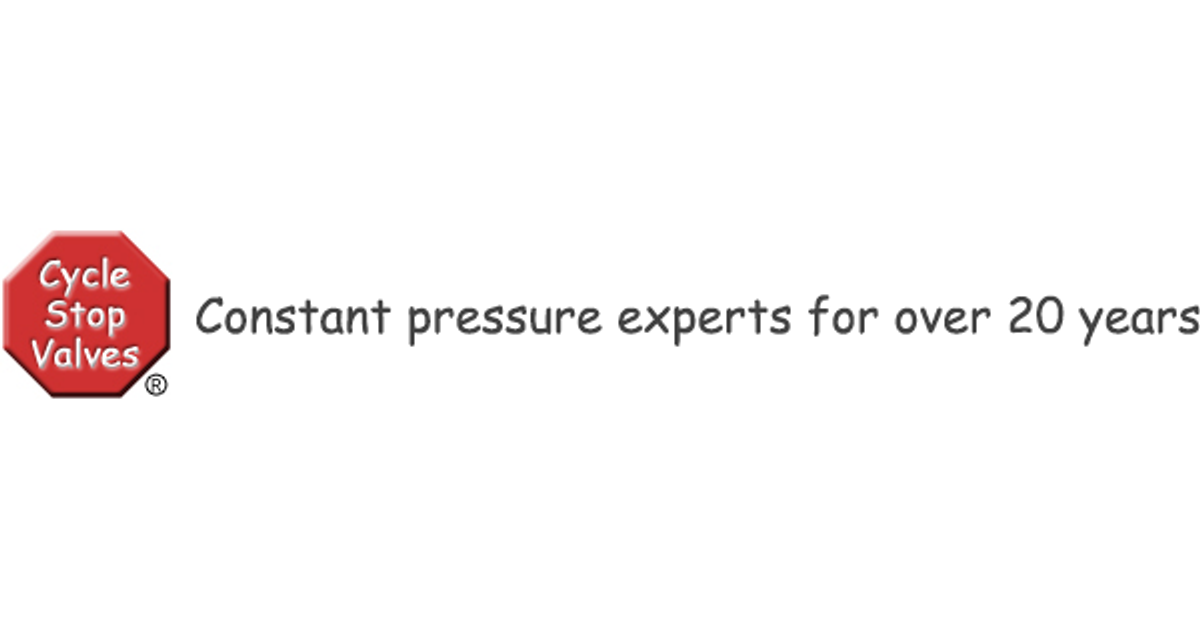Thank you and to clarify ... I have the 90' well, 220V, 40-60 switch, 40 gallon pressure tank that supplies water to irrigation taps throughout front acre of my property, (about 10 taps- at night these taps run sprinklers on timers throughout property- currently all irrigation is off. There is also a shop and studio appt. also supplied water from well directly. Uninhabited and no water use here currently.) The well also has a 1 1/2" water line that runs uphill about 40' in elevation, about 400+ foot run to 2-2400 gallon cisterns. These cisterns have a line that runs downhill to an additional 40-60 switch, above ground pump with an 80 gallon pressure tank that pressurizes our house as well as the rear acre taps which also have timers for irrigation (also ll turned off currently.) We do have gravity flow into the house from cisterns but psi is only about 20+ psi. I doubled our standing water supply two years ago by updating piping and installing a second 2400 gallon cistern. we have water (even if at lower pressure) when power is out from PG&E. We live out in the country on a long road and because it's all ranch country and soarcely populated we are the last in line for PG&E repairs. In an emergency, we have lots of gravity flow water especially if we conserve. I have main well pump shut off now, pressure at well is 0. But we have the 4800 gallons still charging the house pressurizing pump and the house. I will monitor water level in tanks and turn on well if we get even close to 1000 gallons left in tank. Thanks again everyone ...


